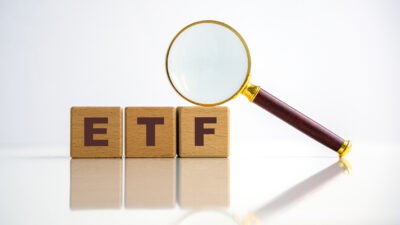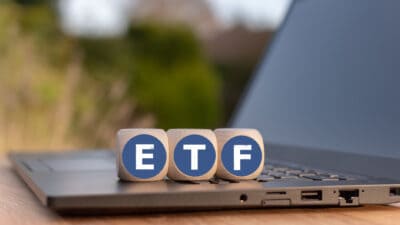As most ASX investors would be blissfully aware, the S&P/ASX 200 Index (ASX: XJO) has just come off what was a very lucrative 2024 indeed. Although a few December jitters blunted some of the ASX 200's returns for the year, the index still rose by a healthy 7.5% in 2024 and minted more than 20 fresh new record highs to boot.
But how much exactly would a $20,000 investment in the ASX 200 at the start of 2024 be worth today? That's what we'll be digging into in a moment.
How to invest in the ASX 200
To start things off, though, let's clarify what 'investing in the ASX 200' actually means. The ASX 200 index is, well, an index. It measures the performance of the largest 200 stocks on the Australian share market, weighted by market capitalisation (meaning the largest companies have more influence in the index than the smaller ones).
You cannot invest directly in an index – it is simply a method of organising our share market into an easy-to-understand metric.
However, you can invest in an exchange-traded fund (ETF) that aims to track this index as closely as possible by building a portfolio that matches the allocations of the index in question. ETFs that aim to do this are appropriately called 'index funds'.
There are a few index funds listed on our share market that provide access to an ASX 200 portfolio. These tend to work in a simple way. If the Commonwealth Bank of Australia (ASX: CBA), for example, makes up 10.63% of the ASX 200 index (as it currently does), then an ASX 200 index fund will allocate 10.63% of its portfolio to CBA shares.
That's how you can easily invest in the ASX 200.
Putting $20k into the Australian share market
Several ASX 200 index funds are available on our share market. These all offer essentially the same service. For simplicity's sake, we'll use the oldest of these to work out how much a $20,000 investment has performed since the start of 2024.
The SPDR S&P/ASX 200 Fund (ASX: STW) has been listed on our share market for more than two decades. As such, someone who purchased this index fund back at its inception in August 2001 would have essentially enjoyed the returns of the ASX 200 index ever since.
At the start of 2024, STW units were asking $68.16 each, meaning that a $20,000 investment would have gotten an investor 293 units with some change left over.
At the close of trade on Tuesday, those same units were priced at $74.28 each. That means our 293 units would be worth $21,764.04 at this pricing. It's better than a poke in the eye, but not too objectively impressive.
However, we haven't accounted for dividend returns yet. Dividends form a major component of the returns that the typical ASX investor enjoys on our stock market. In fact, they usually provide the lion's share of ASX 200 returns.
Like most ASX index funds, STW pays out dividend distributions every quarter.
Over 2024, investors enjoyed an annual distribution total of $2.45.
For our investor with 293 STW units, this would be worth an additional $717.85 in dividend income.
Adding that to our $21,764.04 and we get to a grand total of $22,481.89. That's a return worth more than 12% over the past 12 months – not a bad effort for a simple old index fund.








